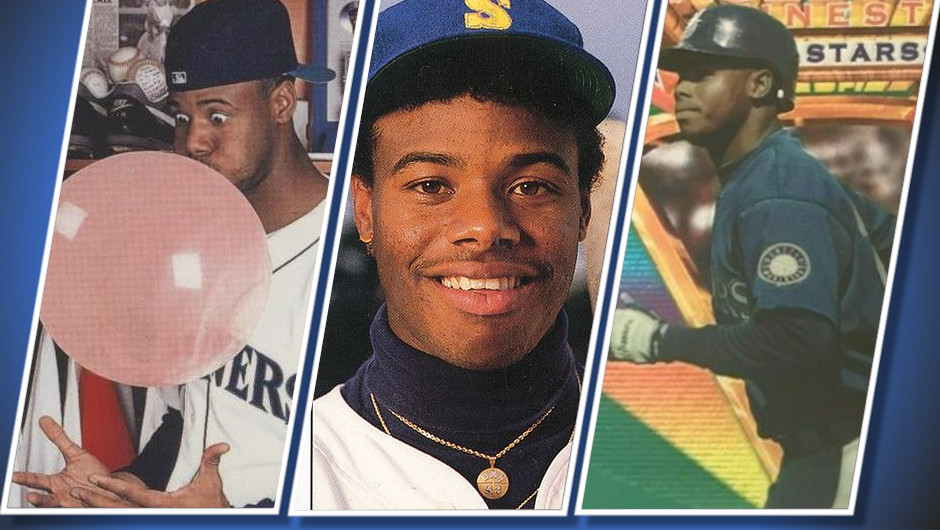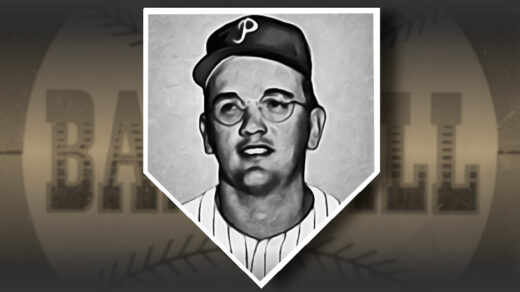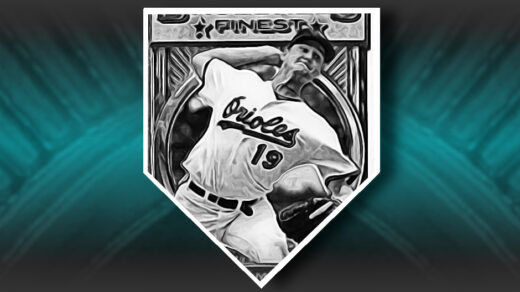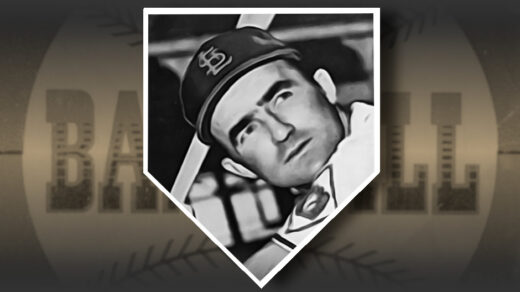After last year’s PED-Home Run theme (as well as the year before), I though I’d look for some more positive cards this 2023’s Wallet Card Project. I have a lot of travel coming up, including a stint in the Pacific Northwest. What could be a better theme for such a trip than one of the most recognizable players to ever play in Seattle? For 2023 I will be carrying around a handful of Ken Griffey, Jr. cards in my pocket. I plan to set a new personal record for miles traveled with these cards.
The Rookie Card
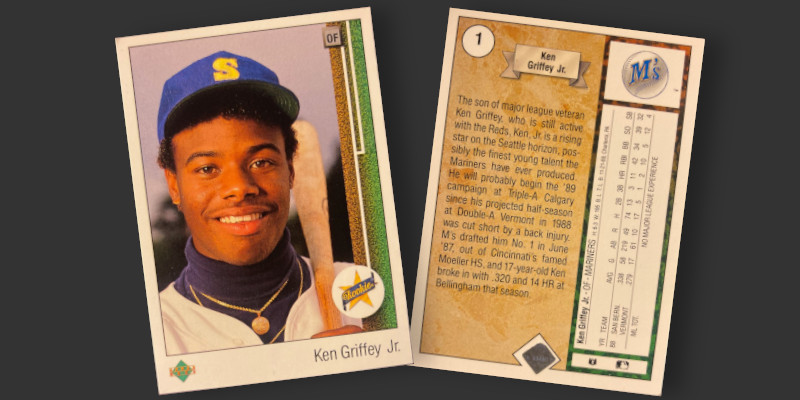
If you tell someone you have “the” Griffey rookie, they will know exactly what card you are referring to. His 1989 Upper Deck card is possibly the best known baseball card aside from the 1952 Topps Mickey Mantle and T-206 Honus Wagner.
I never had one of these Griffey cards before. I witnessed my brother pulling one from an unopened pack in the mid-1990s, but never chased one down for my personal collection. To get one for this project I would need to find an acceptable copy. This presented a challenge, as what had been a $25 card for much of the past 15 years quickly became very expensive during the pandemic collecting surge. Ungraded examples sold for $100+, making the card look all but unattainable for any reasonable cost. At last I found a PSA graded card with a middling grade. The card had some trace amounts of corner wear and an Upper Deck hologram affixed haphazardly on the back. Perfect. The card arrived and I set to work on breaking it out of its plastic “jail.”
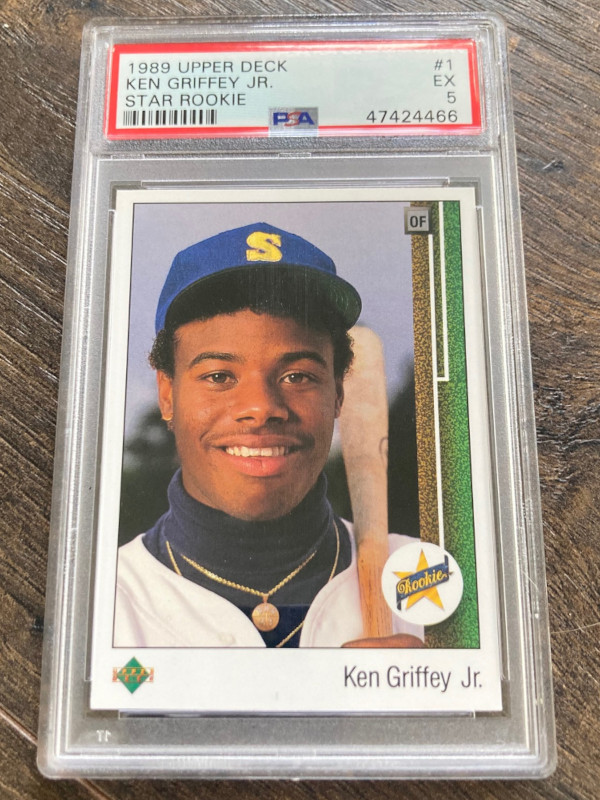
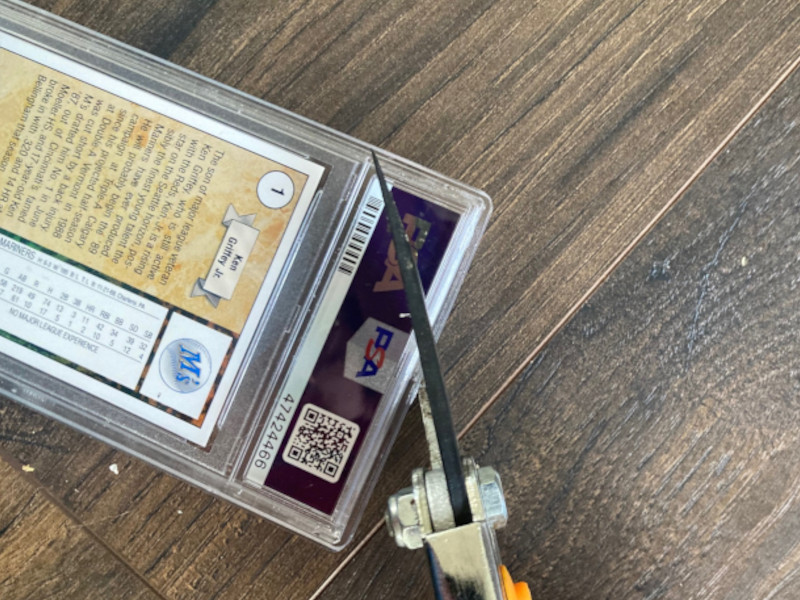
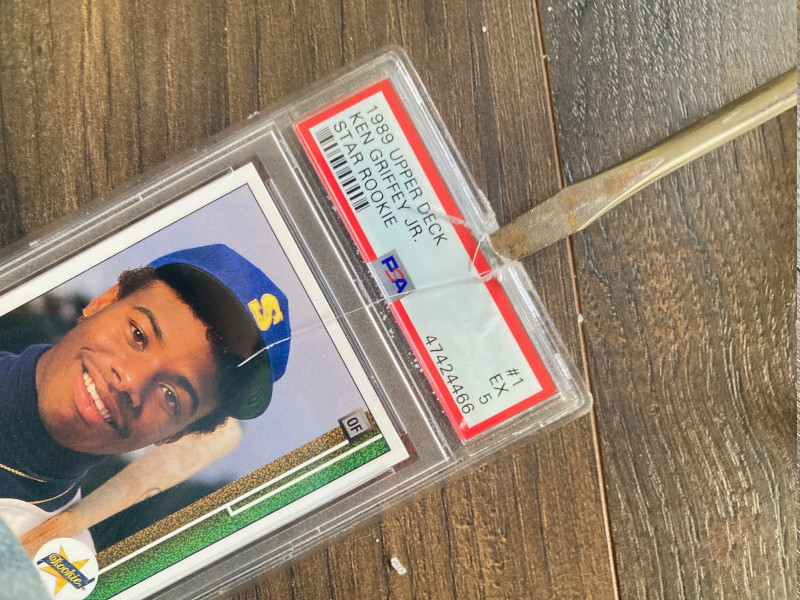
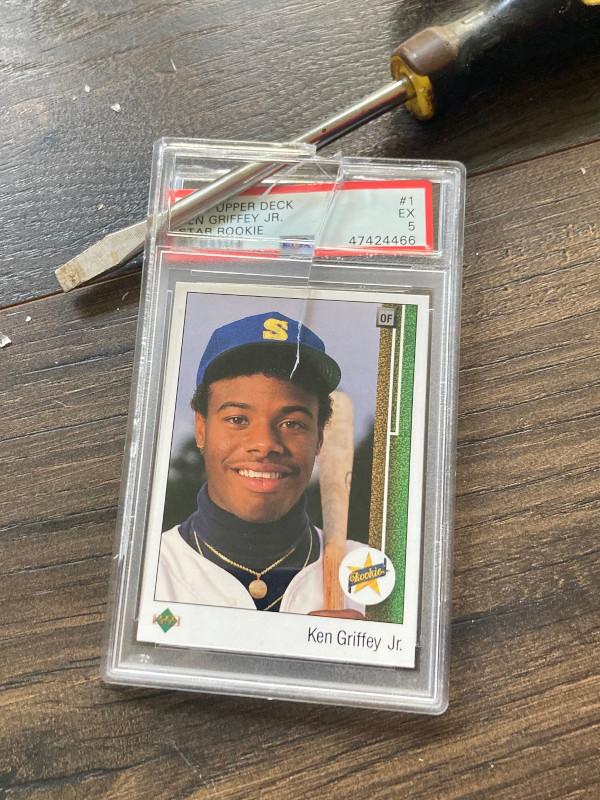
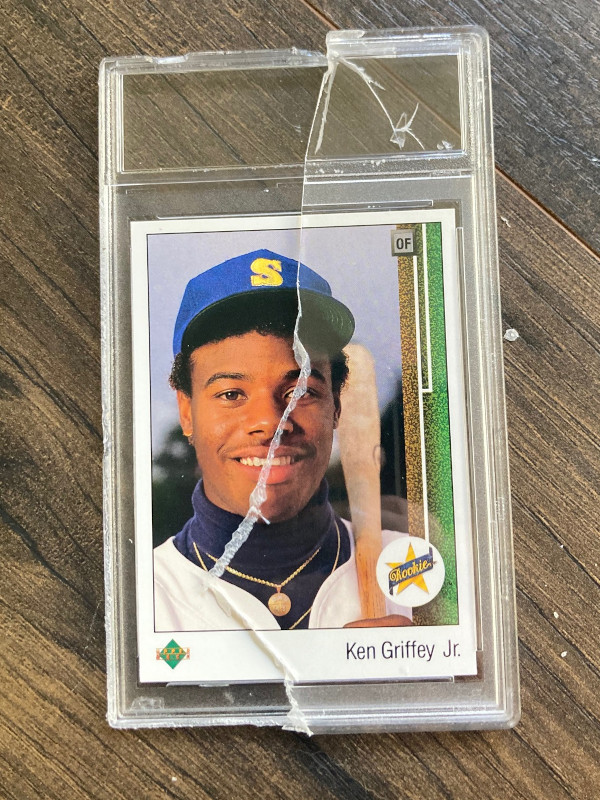

For anyone wondering what makes this card a 5 out of 10 in the eyes of PSA, there are three defects present leading to the grade. Two corners have slight touches of wear. The upper left had a ding that was visible while in the slab while another corner had a smaller imperfection visible only when viewed outside of the case. The hologram on the back is affixed in an off-center manner and is missing the top point of its diamond shape.
I am curious how this card will hold up in comparison to the 1990 Leaf Sammy Sosa I carried last year. Both appear to have similar construction quality and I imagine they will experience similar wear patterns. I’ll have to see how this post-1980s level of quality effects the accumulation of damage and may need to focus Wallet Card efforts on other sets if damage is not as pronounced/interesting as I had hoped.
I’m not the only person carrying around an ’89 Upper Deck Griffey. Long-time card blogger The Junior Junkie has used an Upper Deck Griffey as his wallet card for several years, even getting a writeup about it on Upper Deck’s corporate blog. Judging from a picture posted on Twitter last year, his Griffey card is still going strong.
1995 Pinnacle #128

Joining the Upper Deck rookie in this year’s Wallet Card Project is probably the most “Griffey” card ever made. Released in a photography-focused 1995 set, the card features the Seattle outfielder blowing a massive bubble in front of a sea of Griffey memorabilia. The back shows him in, what else, his trademark backwards Mariners hat. Bubble gum and backwards hats pretty much define early-’90s baseball for me.
This card is never hard to find, but it is fantastic. Setting aside scarcity and proximity to rookie seasons as drivers of collector demand, this very well may be the best Griffey card ever produced. Indeed, it was selected as one of my wallet cards for this very reason.
1993 Topps Finest #110

The final Griffey card to be sacrificed to the Wallet Card Project is from the ’93 Finest set. I have always been drawn to this set due to its launch of the refractor concept. However, the reputation of refractors overshadow what is actually a fairly tough set to build.
Starting with a published production run of 4,000 cases of Finest, it can be easily ascertained how many of this card exist. Each case contains a dozen 18-count boxes of packs. Each pack consists of 6 cards. Dividing the resulting total of just over 5 million cards by the 199-count checklist produces a total print run of 26,050 Griffey cards. This figure overstates actual production, as it does not account for several hundred refractor versions that are part of this overall distribution. Base Finest cards, like this Griffey, are actually pretty tough to find. To put it in perspective, these production estimates make this card about 100x rarer than Griffey’s ’89 Upper Deck rookie card.
I’m really looking forward to finding out how Finest cards collect damage. Launched as one of the most expensive card products to date in 1993, it is difficult to imagine collectors doing anything else other than immediately placing their newly opened cards directly into protective cases. Griffey was already a star by this point and the discovery of this card in a box of Finest would have immediately been celebrated as finding one of the best 2-3 cards in the set.
This example is possibly already the lowest grade example around. There is a crease running horizontally across the back from the card number to the right border and centering is less than ideal. A few minor scratches are present in the gloss on the front while the corners look near mint-ish. The construction of these cards with multiple layers of cardboard and synthetic materials should produce wear patterns that differ from the more traditional cards that have previously hitched rides in my pocket.
This won’t be a Griffey card, it will be a Griffey-themed science experiment.

